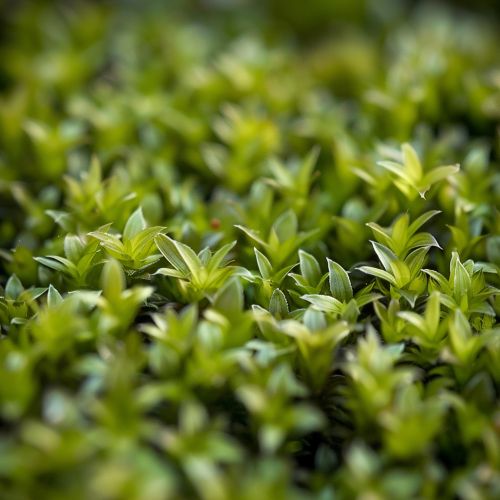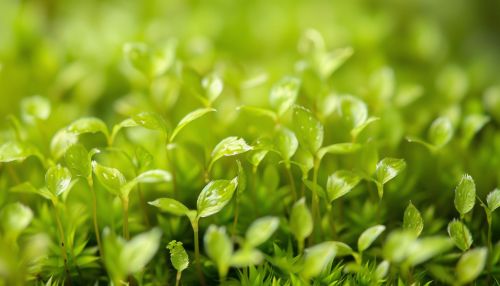Bryophytes
Introduction
Bryophytes are a group of plant-like organisms that include mosses, liverworts, and hornworts. They are among the simplest of the land plants, and are characterized by a lack of true roots, stems, or leaves, and by a life cycle dominated by the gametophyte stage. Bryophytes are usually found in damp environments, although they can survive in a variety of habitats, from arctic tundra to deserts. They play crucial roles in ecosystems, particularly in soil formation and water retention.


Classification and Evolution
Bryophytes are traditionally grouped into three divisions: Bryophyta (mosses), Marchantiophyta (liverworts), and Anthocerotophyta (hornworts). This classification is based on morphological differences, particularly in the structure of the sporophyte, the diploid generation in the life cycle. However, molecular phylogenetic studies have suggested that the bryophytes are paraphyletic, meaning that they do not include all the descendants of a common ancestor.
The evolution of bryophytes is a subject of ongoing research. It is generally agreed that they are among the earliest diverging lineages of land plants, but the relationships between the three divisions, and between bryophytes and other land plants, are still unclear. Fossil evidence suggests that bryophytes were present in the early Devonian period, about 400 million years ago, and possibly earlier.
Morphology and Anatomy
Bryophytes are small, usually a few centimeters tall, and are often overlooked. They lack the complex tissue systems found in most other plants. Instead of true roots, they have rhizoids, which are small, hair-like structures that anchor the plant to the substrate and absorb water and nutrients. The main body of the plant, known as the thallus in liverworts and hornworts, or the gametophore in mosses, is composed of simple, unspecialized cells.
The cells of bryophytes contain chloroplasts, allowing them to perform photosynthesis. They also have a central vacuole, which helps to maintain turgor pressure. The cell walls are composed of cellulose, and in some species, they are reinforced with lignin, a complex organic polymer that provides structural support.
Life Cycle
The life cycle of bryophytes is characterized by an alternation of generations, with a dominant gametophyte stage and a smaller, attached sporophyte stage. The gametophyte is the sexual phase, producing male and female gametes in specialized structures called antheridia and archegonia, respectively. Fertilization occurs when a sperm cell swims through a film of water to reach an egg cell in an archegonium.
The resulting zygote develops into a sporophyte, which remains attached to the gametophyte and is dependent on it for nutrition. The sporophyte produces spores in a capsule at the end of a stalk, or seta. When the spores are mature, the capsule opens and the spores are released. They can then germinate to produce a new gametophyte.
Ecology and Distribution
Bryophytes are found worldwide, from the tropics to the polar regions. They are most abundant in moist environments, but can also be found in dry habitats, such as deserts, where they can survive periods of drought in a desiccated state. Some species are aquatic, living in fresh or brackish water.
Bryophytes play important roles in ecosystems. They help to stabilize soil and prevent erosion, and they contribute to the formation of peat in wetland habitats. They also retain water and nutrients, which can be released into the environment when the plants decay. Some bryophytes are pioneer species, colonizing bare ground and creating conditions that allow other plants to establish.
